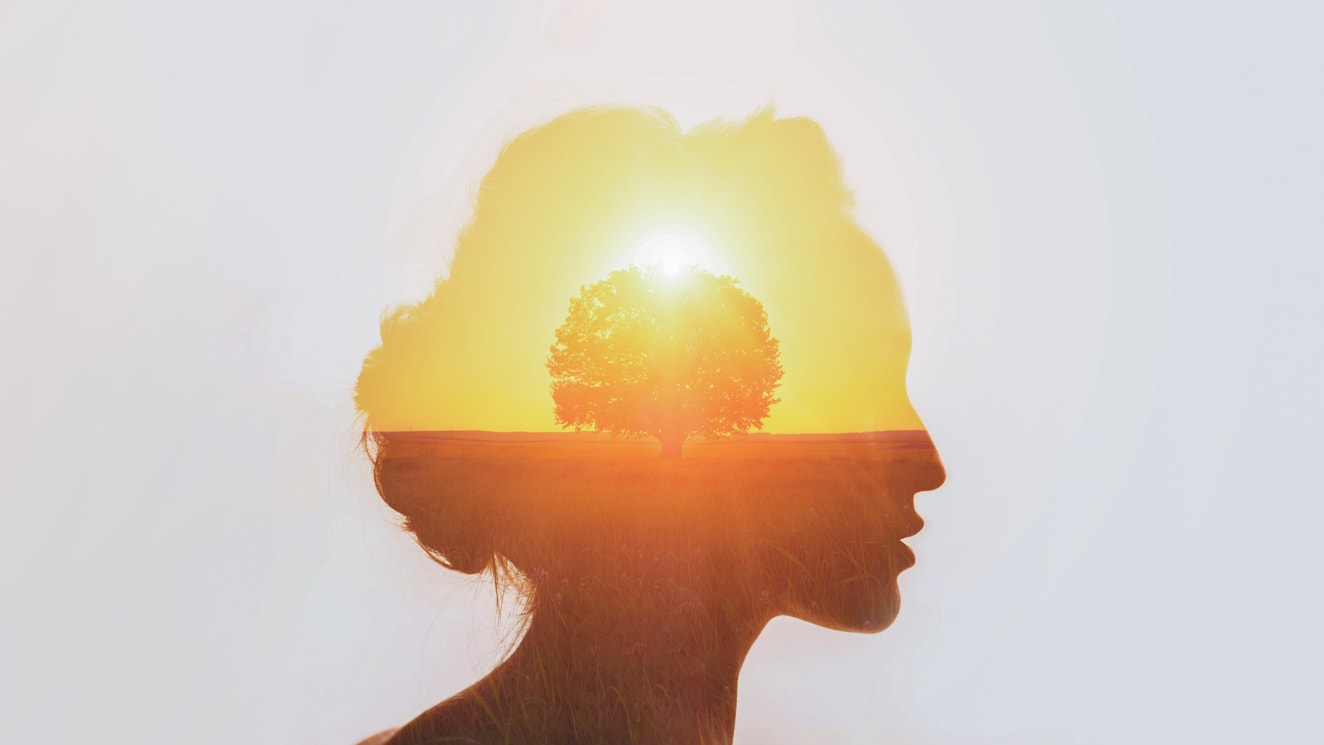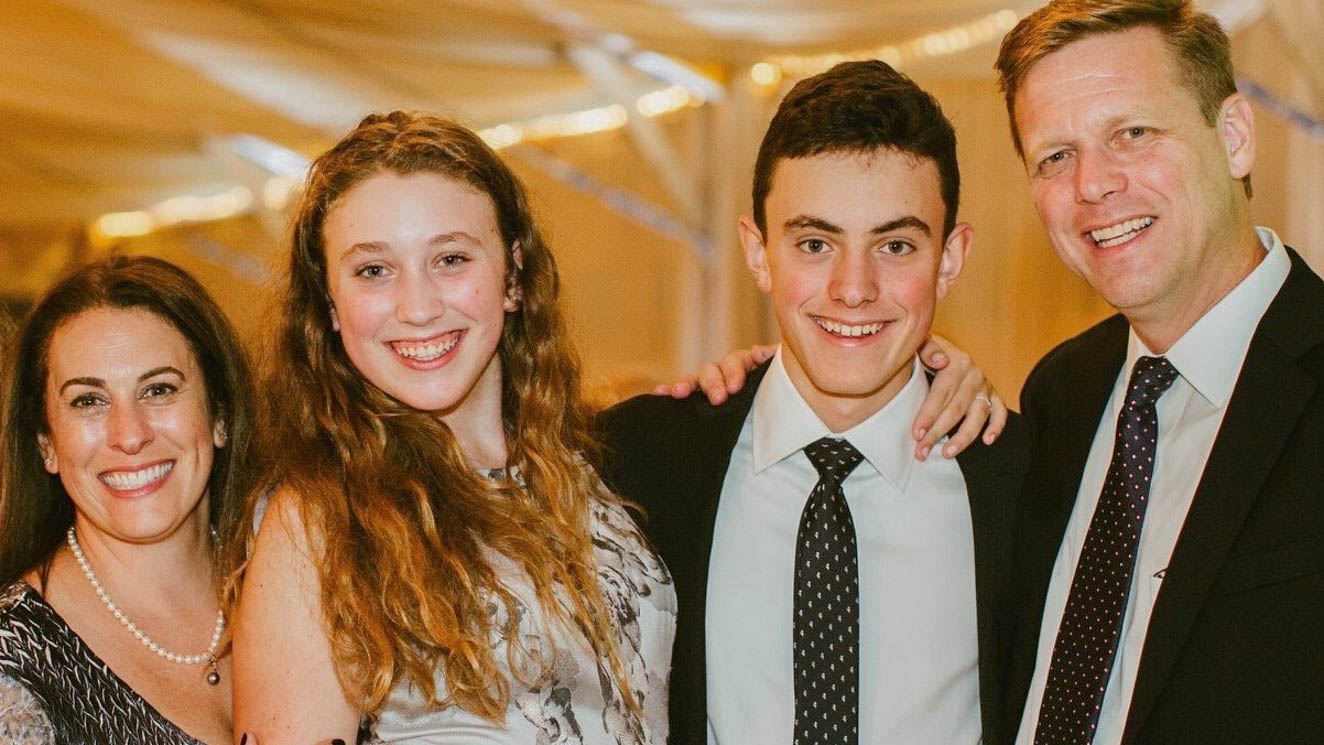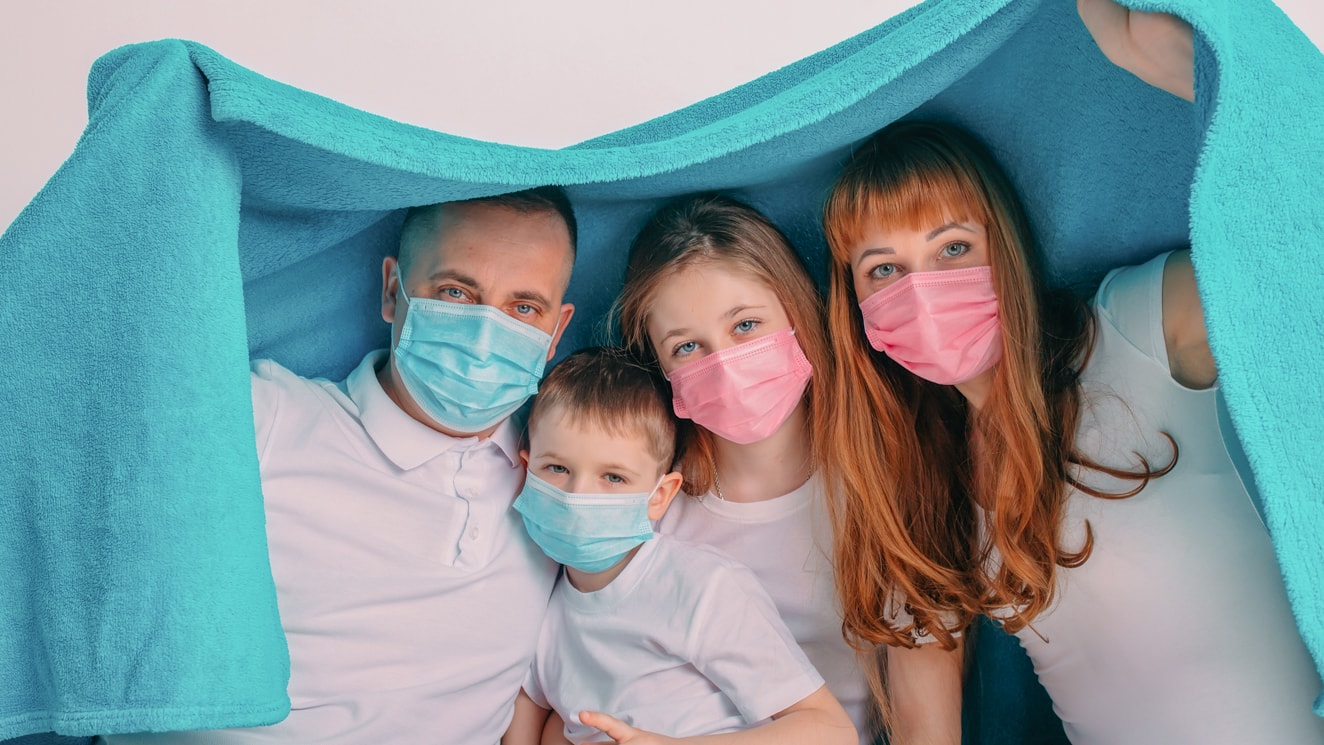

It all depends on where you live, doesn’t it. While parts of the country are currently pretty much in quarantine mode, others are opening their economies, gradually — and seeing businesses and schools opening their doors. But, no matter where you are, after so many months of isolating at home, the thought of stepping out of our little bubbles can be anxiety-provoking. Many of us — self included — feel a bit out-of-practice at being a human in the world.
As cities relax restrictions moving forward, there will also be more decisions each of us will have to make. Should we invite a few friends to the birthday party? How many is too many? What about “podding up” with friends? Or is the togetherness too risky? What if it’s outdoor-only togetherness? And what about seeing the grandparents, even if it means traveling? The daily decisions are already many, and whether they’re big or minuscule, they feel weighty, because the stakes are high, especially for those of us more vulnerable to COVID. There was something kinda nice about the clear-cut nature of those shelter-in-place months when one could simply be a rule follower.
To talk about this “re-entry anxiety” I reached out to Dr. Michelle Paul, a psychologist and director of The PRACTICE Mental Health Clinic at UNLV, and the first thing she said is yes, re-entry anxiety is a thing.
“Many of us are experiencing this free-form, generalized anxiety,” she said. “There are some guidelines, there are steps we can take, but until we have a vaccine, we’re just not going to feel completely 100% safe in the way that we used to feel before.”
Of course, we’ve always lived with risk. This pandemic can feel like a huge dose of it because the virus seemed to appear so suddenly and can be life-threatening, plus it’s still not fully understood. But Dr. Paul says that it’s helpful to remember that as humans in the world, we always assume risk as we go about our lives. Take driving a car; It’s a risk every time, so we wear seat belts — and do other things — to help mitigate that risk. With COVID, we see the massive impact of this pandemic, and it’s very hard to take in.
Still, Dr. Paul did not suggest that we all stay in our homes forever. She offered the analogy of driving in a snowstorm.
“You have to keep moving forward because you can’t just stay stuck on the side of the road, that’s not helpful, but you don’t have a whole lot of visibility,” she said. “You have to stay alert and attentive and use all your resources, including your passengers, who should pay attention to information or clues about whether you can keep driving, drive faster or slow down.”
It’s a balancing act, she said — one that involves acknowledging the real risk and figuring out how to keep driving forward without getting careless and without being so careful that we freeze up. In this spirit, Dr. Paul offered some wisdom for those of us who may be feeling uneasy.
1) This anxiety is normal.
“Everybody has a different tolerance for risk,” Dr. Paul said. “It’s completely understandable that we’re feeling trepidatious about things opening. We need to have compassion around the nervousness we feel.”
And the compassion must extend from self to others. I try to remind myself that for every person like me who’s uncomfortable with things opening up, there are many others who have struggled deeply with quarantining at home — for familial or financial or mental health reasons. We all come to this with different baggage.
Of course every family has a different circumstance and risk tolerance. Some of our family friends are quite out and about — air travel, sending kids to summer camps, socializing in others’ homes. Others are holed up at home. And everything in between. I’ve found it helpful to try to put into words my family’s own place on the spectrum. “We’re a meet-at-the-park-with-one-other-family crew right now,” I’ve been saying. By being clear about our current comfort level, it helps us to stay connected. A common language can be useful.
2) Some amount of anxiety is useful.
Dr. Paul described the “bell curve” of anxiety, explaining that there’s a lot of data in psychology about where anxiety is optimal and where it’s not. The basic gist: if you don’t have enough anxiety, you’re not worried enough, not thinking about the future, not being careful and deliberate. If your anxiety is too high, you can be overwhelmed, shut down, and not able to think clearly.
“Anxiety right in the middle is kind of a good zone to be in,” she said. “That’s enough anxiety to prep you for the test, for example — to keep you focused, to not be under-calibrated or over-calibrated. In Eastern therapy we talk about balancing the Emotion Mind with the Rational Mind. Emotion Mind is Chicken Little. Rational Mind is like Spock. We want the Wise Mind. That’s where I try to go when I’m talking to people about this topic.”
3) Focus on what you can control.
So, a few examples might be…
1) Where you seek information. Dr. Paul suggests choosing a just a couple reputable resources to give you an actual appreciation of the risks involved in different activities and learn ways to minimize exposure. “Knowing those facts can help ground you,” she said. This piece of advice might seem obvious, but with news and stats and studies coming at us as relentlessly as they are (and often through social media), finding a way to be selective is key.
2) Being mindful of symptoms and screening yourself for them. So, seek medical advice when needed and take advantage of public health resources that are available. Dr. Paul shared the example of an app that was created for her university that her whole staff uses. “As you go through your day, it reminds you of the four pillars that are mentioned again and again: masking, distancing, screening [yourself for symptoms] and hygiene protocols, like washing hands and sanitizing surfaces. It seems simple but is quite powerful.”
4) Start with baby steps.
Not everyone has the luxury to work from home or to keep their kids home or avoid public transportation. But to the degree that it’s possible, start small as you return to selective activities. Are restaurants in your area open? You can make the choice to steer clear of indoor dining and instead go somewhere where you can sit outside in a social-distanced way — or just gather for a picnic. Hitting the beach? Feel it our first by going during off-peak hours. If you have to return to working from your office, find out whether it’s possible to do so gradually; As you feel more comfortable seeing the procedures in place (and that other people are following these procedures), it should lessen some of the anxiety.
5) Make it a family conversation.
Deciding which activities your family should re-enter isn’t easy. Just because something is allowed doesn’t mean that you’ll opt in. And this can be hard on parents who don’t want to be seen as the bad guy. (It sure was a lot easier when we couldn’t go to the park because the pandemic closed it, not because I’m “mean Mom.”) Dr. Paul recommends approaching the topic as a family.
“Especially with older kids, make sure you ask what are their worries? What are they missing the most? What is most important to them? What are they feeling?” Dr. Paul said. “At the same time, this is a public health issue, so frame it as such. What does your family stand for around that, and how does this factor into your decision-making? That helps kids understand why we’re doing what we’re doing. The parent can say ‘Not everybody believes that, but we do,’ and kids can say ‘I don’t like it, but I get it.’”
So, back to that snowstorm analogy: If the quarantine helped buy us some time, now we’re able to keep moving forward slowly through the storm. But the storm has not lifted, Dr. Paul said.
“Maybe we have chains on our tires now, but we still have to be slow. And steady. And careful. It’s not just a completely wide open road in front of us.”







